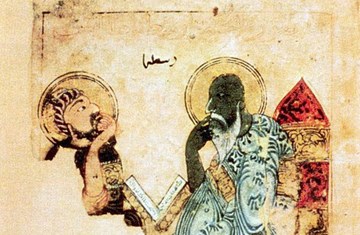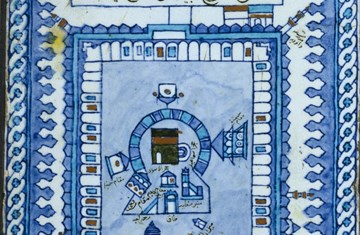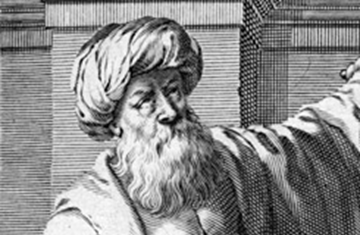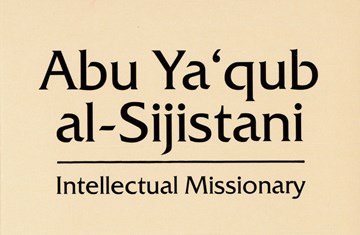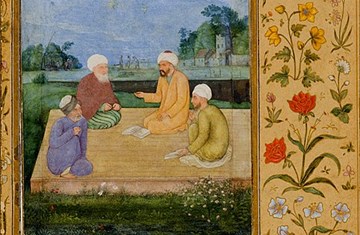Concepts of Time
Classical concepts of time confronted philosophers with perplexing paradoxes. Some wondered whether time altogether was nonexistent, whereas others doubted the reality of its divisibility into parts by arguing that the past ceased to be, the future does not yet exist, and the present as a moment/now that is without magnitude (i.e., like a mathematical point is not part of time).
In addition, it was unclear whether time progressed smoothly or proceeded by way of discontinuous and divisible leaps. Although inquiries about the nature of time were integrated within physical theories of motion, their broad cosmological and metaphysical bearings had an impact on speculations about creation and causation.
In Plato’s Timaeus (37d; 38a) time (kronos) was pictured as a moving image (eikona) that imitated (mimoumenon) eternity (aiona) by circling around according to number (arithmos) and came into existence with the generation of the heavens. In the earliest systemic investigation of the essence and existence of time, which was contained in Aristotle’s Physics (219b3-4; 220a25-b20; 222b20-23), kronos was defined as the number (metron) of a continuous (sunekhes) motion (kinesis) with respect to the anterior (proteron) and the posterior (husteron).
Author

Professor Nader El-Bizri
Nader El-Bizri is Professor of Philosophy and Director of the Civilization Studies Program at the American University of Beirut. He has previously taught at the University of Cambridge, the University of Nottingham, and the University of Lincoln. He is also affiliated with The Institute of Ismaili Studies in London and the Centre National de la Recherche Scientifique in Paris.

